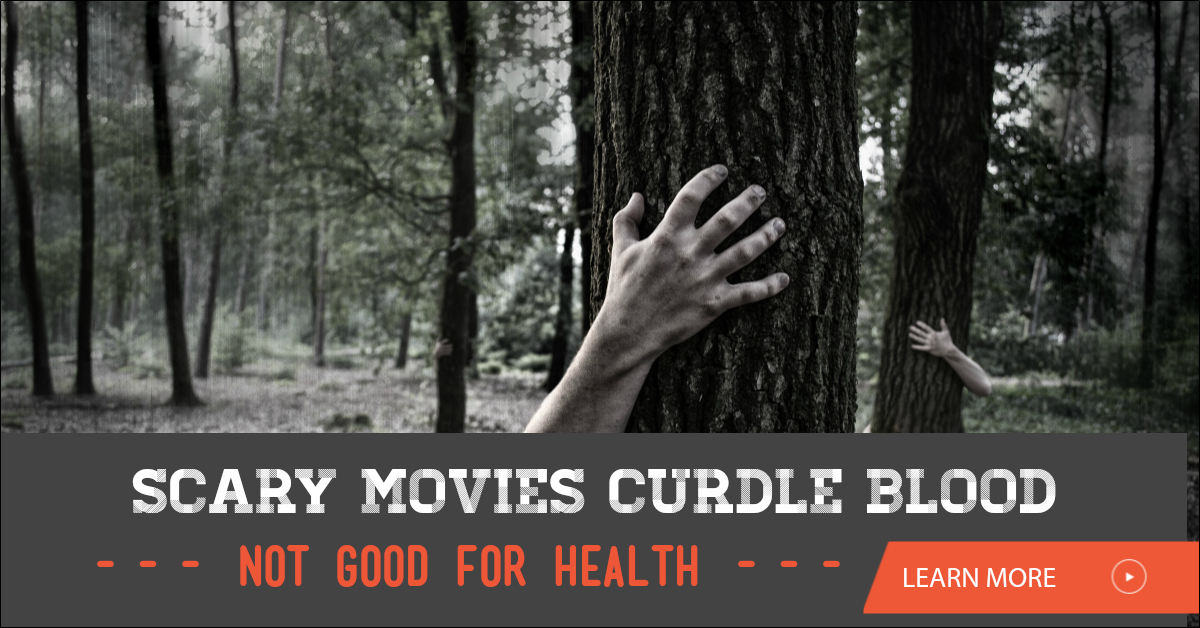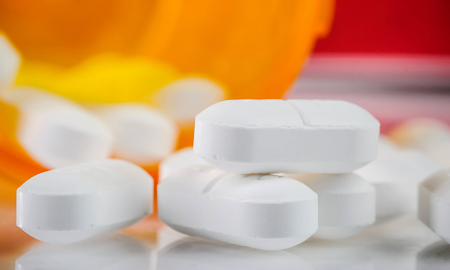

Fear isn’t just some abstract concept, this is a natural reaction to prepare our bodies for possible blood loss as you might sustain if attacked by way of a tiger or Freddy Kruger, for instance.
Dutch scientific study has been researching the psychosomatic response as it has proven beneficial in life-threatening situations.
The outcome, horror flicks are by every meaning of the expression a “blood-curdling” experience, and might not be great for the medical. Research showed a growth on Factor VIII, a blood clotting protein, found in the blood during viewings of movies made to excite fear in the viewers.
This research was presented inside the Christmas edition of BMJ within an article that suggests while using term ‘blood-curdling’ to explain a lapse of fear and anxiety would not be an exaggeration.
Dr. Banne Nemeth working in the Leiden University Medical Center said, “We have conducted research and discovered that watching these ‘blood curdling’ movies is associated with a rise in a blood coagulant called Factor VIII”.
“But you can find clinical implications to the. It is rather entirely possible that specific flicks can enhance the blood clot number of the blood up to a fifth.”
The term ‘blood curdling’ dates back towards the middle ages whenever it was thought that fear made the blood ‘run cold’, ‘curdled’ or or ‘congealed’. This is just poetic licence until scientists probed deeper to see if there was clearly some fact behind the old saying.
Dutch researchers were interested in discovering if there seemed to be some important evolutionary benefit within this blood clotting action as being a reaction to acute fear and believe it to be a precautionary measure to put together the body for sustaining injury and possible blood loss.
They chose to test their hypothesis. They selected 24 healthy individuals from the faculty and student body of Leiden University Medical Center. A group of 14 test subjects were shown a really frightening movie followed by relaxing educational movie, other team viewed these films within the reverse order.
A showing of the 2010 supernatural horror movie ‘Insidious’ was discovered to improve Factor VIII levels by up to 11 IU/dl*. Readings of the advanced level are frequently related to the probability of thrombosis or blood clots.
12 from the participants, or 57%, showed a rise in this clotting agent in the scarey movie, only three, or 14%, of the participants showed signs of clotting during the educational film titled ‘A Year in Champagne’.
Factor VII levels were reduced during the educational movie in 18 (86%) in the participants, but only decreased in 9 (43%) participants during the horror film.
“The average increase of Factor VII associated with the acute fear could be as much as 11.1IU/dl, I really believe this could be clinically relevant. Every increase of Factor VIII by 10 Iu/dl is directly associated with 17% greater risk of venous thrombosis.”
The exam subjects were subjected to the exam movies every week apart on the same day, the environment was kept comfortable and relaxed. Both movies were an hour or so along with a half long.
Blood samples were collected from the test subjects pre and post the movie and were analyzed for warning signs of ‘Fear Factors’ or any clotting activity. Following the movies each one of the participants were motivated to rank the fear they experienced on the visual analogue scale including 1 to 10. 10 being the ‘worst imaginable fear’ and 1 indicating ‘no fear at all’.
Participants were also asked to report on certain relevant facts about lifestyles and movie preference, they also reported if they had seen this movie before. As expected, the horror movie was discovered to become much scarier than the educational movie, up to 5.4 average fear points higher.
The researchers failed to find any proof other coagulating actions happening within the blood through the movies, this means that although coagulation might be triggered by fear it does not actually complete the action and coagulate the blood.
Dr. Nemeth also commented, “The deeper biological mechanism of fear that is associated with increased coagulant activity is not yet fully understood. Although the advantages of this step have yet being fully grasped, we now have successfully removed the figurative quality from your term ‘blood curdling’ when utilized to describe fear.”






